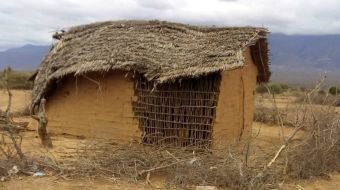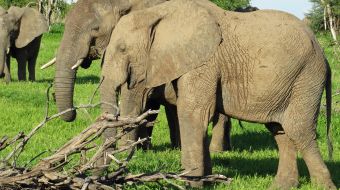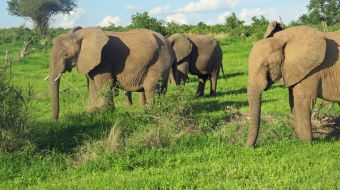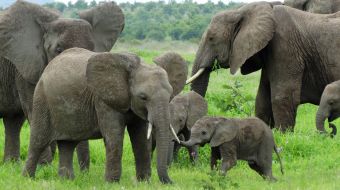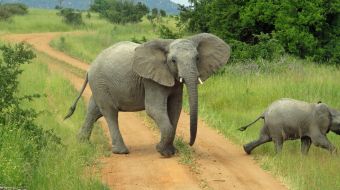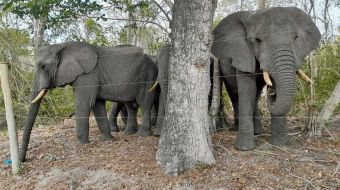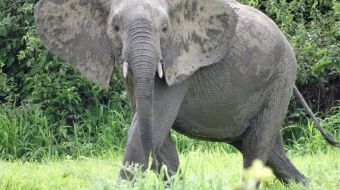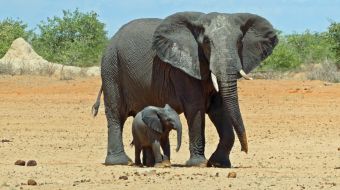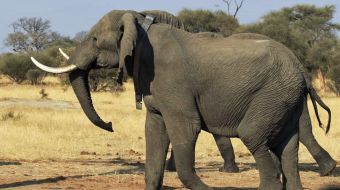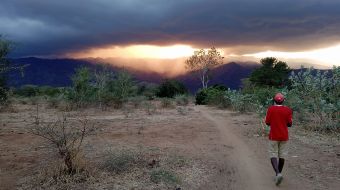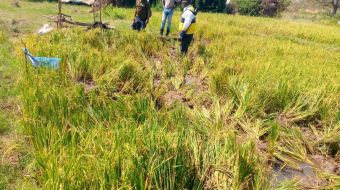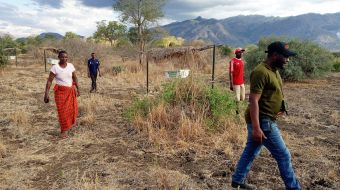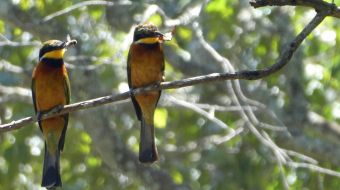Humans and wildlife: From conflict to coexistence
International projects include, above all, projects that involve local people and contribute to sustainable development. AURO exclusively supports the work of the NABU International Nature Conservation Foundation. Human-wildlife conflicts are to be minimised near the Mkomazi National Park in Tanzania.
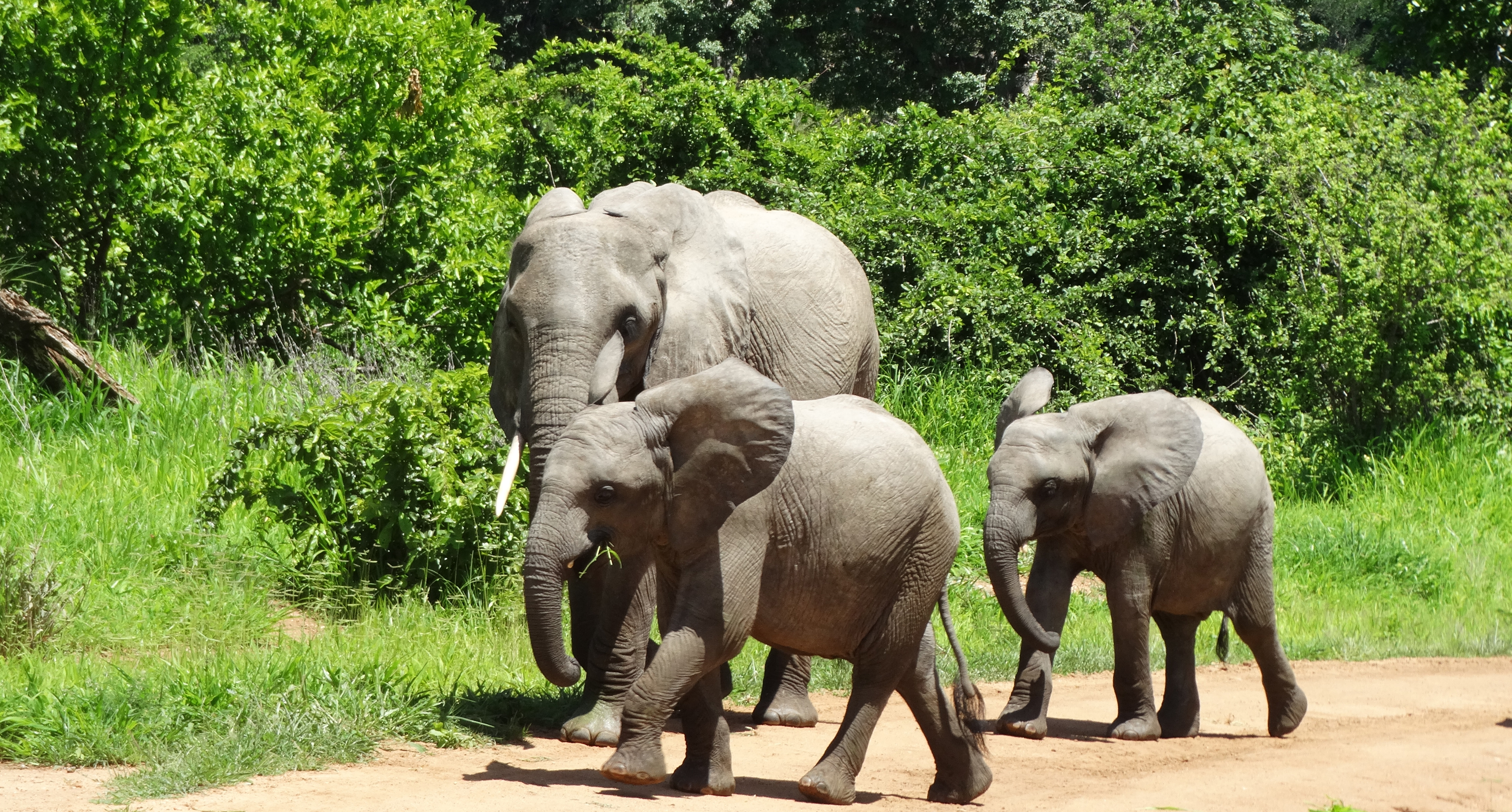
People and elephants have lived together there for centuries. However, as more and more land is used for agriculture, the population increases and the ancestral habitats of humans and animals become smaller, conflicts are inevitable.
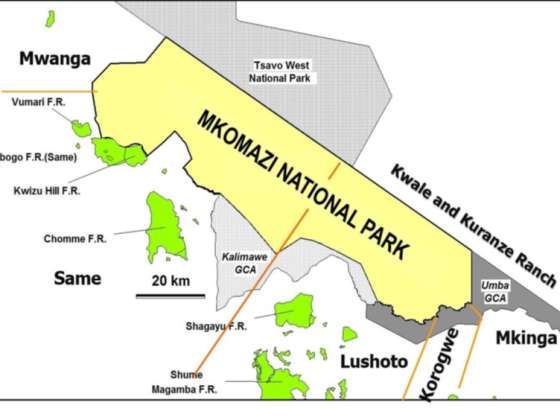
- Mkomazi National Park covers 3,245 km2 and is Tanzania's youngest national park. The area has been a game reserve since 1951 and was declared a national park in 2008. Approximately 20 settlements in the vicinity of the national park are affected by human-wildlife conflict.
- About 60,000 elephants live in Tanzania and about 1,270 elephants live in Mkomazi National Park.
- Tanzania - The East African country is known for its natural wealth and wildlife, with 38.24% of its land area designated as protected areas.
- It is about three times the size of Germany and has about 61,700 million inhabitants.
- There are 24 national parks and 17 game reserves (private national parks).
Destruction of crops
The elephants often come out of Mkomazi National Park at night to the nearby shambas in search of water and food, destroying people's homes and gardens.
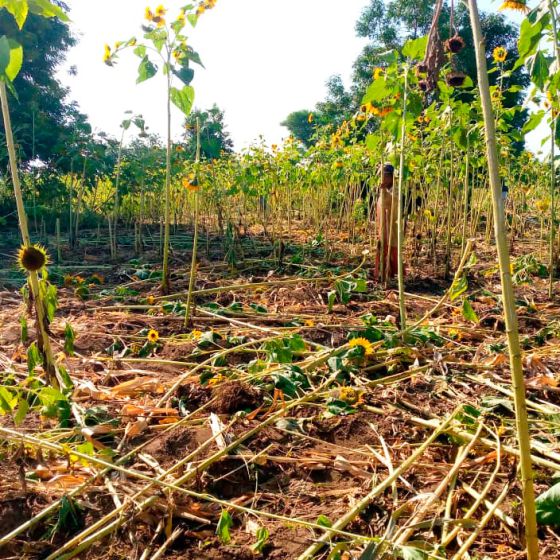
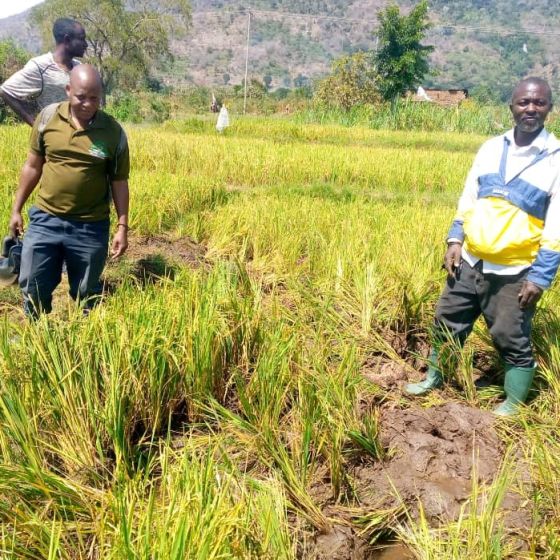
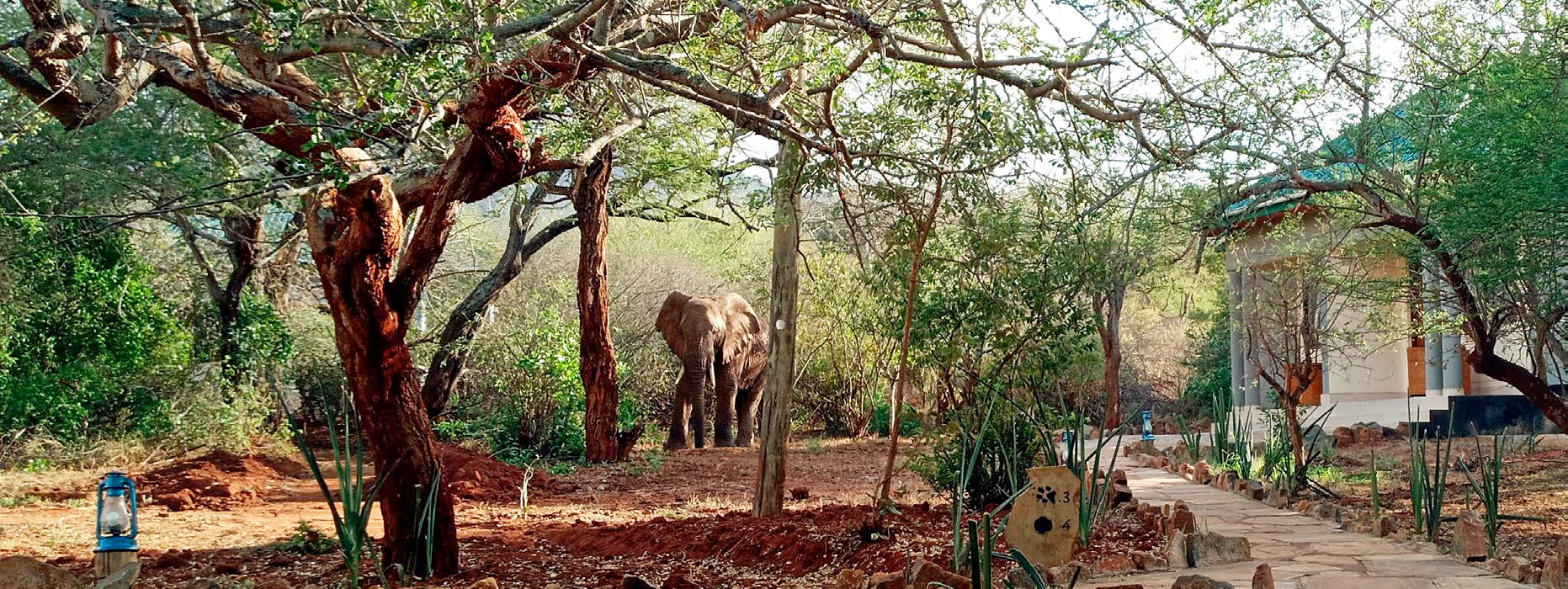
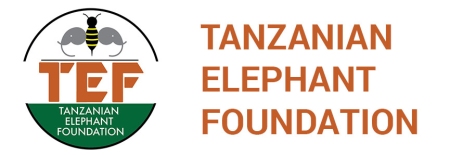
In order to reduce conflicts with elephants, the TANZANIAN ELEPHANT FOUNDATION was founded in 2019. It advocates for a gentle approach to elephants.
Approach:
- Involvement of the local population
- Setting up beehive fences, a non-lethal method
- Reducing conflicts with elephants
- Reduction of crop losses
- Verification of local economic livelihoods
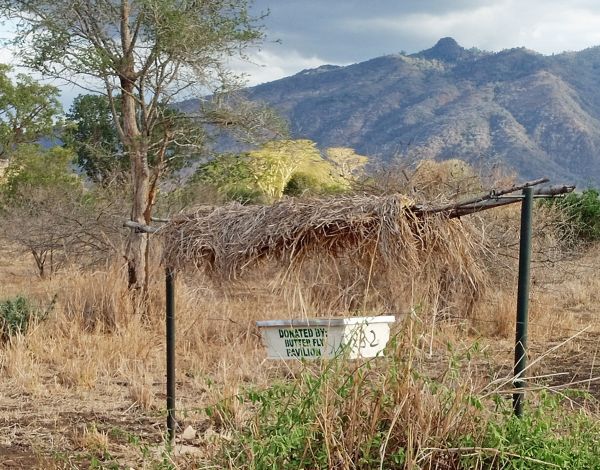
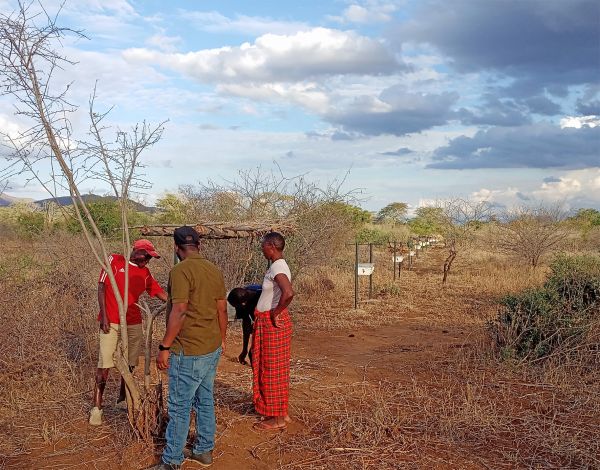
To ensure that crops are protected from the pachyderms, beehive fences are built. Elephants are afraid of bees as they can inflict painful stings on them. The fences, made of wire, are connected to beehives. If an elephant tries to enter a garden or field, the wire sets a whole row of beehives in motion. The alarmed bees fly out and chase the animals away.
NABU actions

- Attaching of transmitters to the migrating elephants, as migration routes need to be kept clear.
- Establish an early warning system for local communities and the national park
- Setting up beehive fences
- Training of local Village Game Scouts - village game scouts who are responsible for the sustainable conservation of natural resources (wildlife, forests, bee-keeping and fisheries)
- at village level
- Establishment of response teams
- Environmental education in schools and other institutions
- Water supply (pipeline) for the national park


